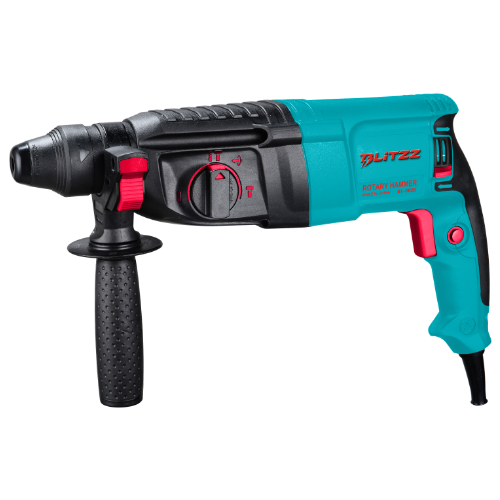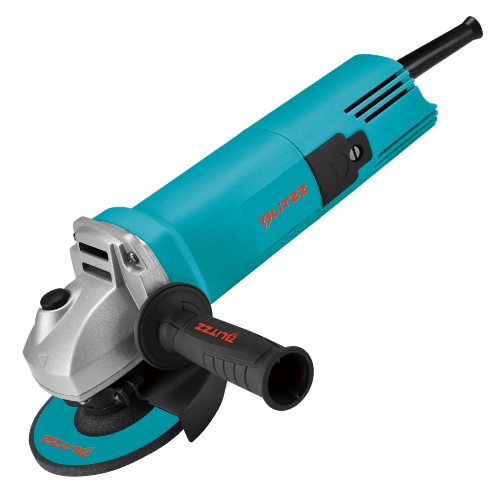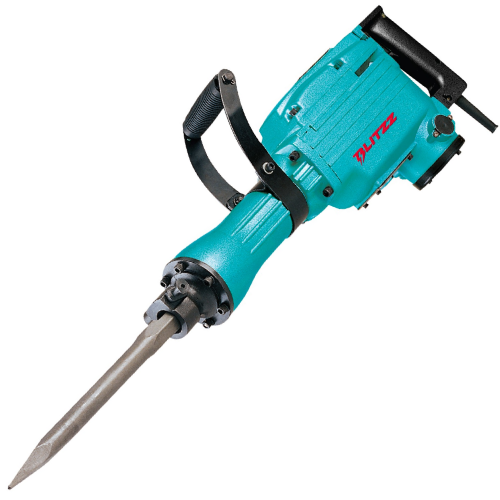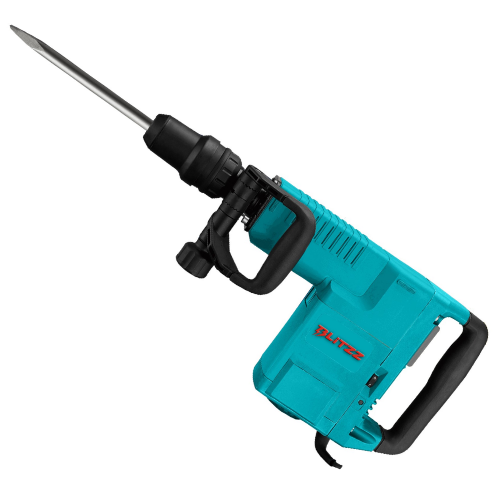In the bustling emirate of Sharjah, where construction and industrial projects are constantly underway, the importance of quality power tools cannot be overstated. Professionals in various fields, from construction workers to craftsmen, rely heavily on their equipment to deliver excellent results efficiently and safely.
Investing in high-quality power tools in Sharjah is not just a matter of preference; it’s a crucial decision that can significantly impact productivity, safety, and overall project success.
The Impact of Quality Power Tools on Productivity
When it comes to power tools, quality directly translates to productivity. For example, high-end cordless tools provide better performance and longer battery life, enabling professionals to work uninterrupted for longer periods.
From minor home repairs to major construction projects, a dependable cordless drill or hammer can significantly impact task speed and accuracy.
Angle grinders and polishers are indispensable for metalworking and surface finishing. Investing in top-tier models ensures smooth operation, reducing fatigue and increasing work output.
Additionally, high-quality grinders typically have better dust extraction systems, which help to create a cleaner workspace and better visibility while in use.
Durability and Long-Term Cost-Effectiveness
While high-quality power tools in Sharjah may come with a higher initial price tag, they prove to be more cost-effective in the long run. Professional-grade tools are built to withstand the rigors of daily use in demanding environments. They feature robust construction, often with metal gearing and high-quality components that resist wear and tear.
Air compressors, for example, are crucial in many industrial and construction settings. A well-built compressor will operate reliably for years, providing consistent air pressure for pneumatic tools and equipment.
Safety and Reliability
Safety is paramount in any professional setting, and quality power tools play a crucial role in maintaining a safe work environment. High-end tools often come equipped with advanced safety features such as anti-kickback mechanisms, ergonomic designs to reduce operator fatigue, and improved dust and debris management systems.
When of high quality, air blowers and heat guns provide accurate temperature control and airflow, lowering the possibility of mishaps in delicate operations. Additionally, dependable tools reduce the possibility of malfunctions that could cause harm or material damage.
Adaptability and Versatility
Investing in quality power tools in Sharjah often means gaining access to a wider range of capabilities and applications. Many high-end tools come with adjustable settings and interchangeable parts, allowing professionals to adapt their equipment to various tasks and materials.
For instance, a professional-grade drill might come with multiple speed settings and a range of drill bits and attachments, making it suitable for everything from delicate woodworking to heavy-duty concrete drilling. This versatility reduces the need for multiple specialized tools, saving space and resources.
Conclusion
Investing in quality power tools in Sharjah is not just a purchase; it’s a strategic decision that impacts every aspect of a professional’s work. From increased productivity and safety to long-term cost-effectiveness and environmental considerations, the benefits of choosing high-quality tools are clear and substantial.







